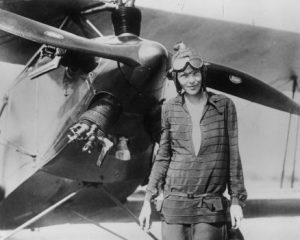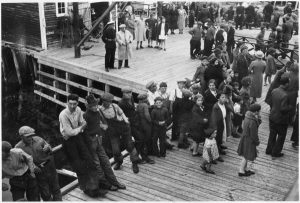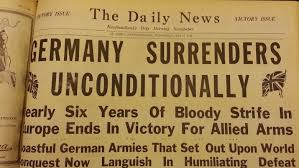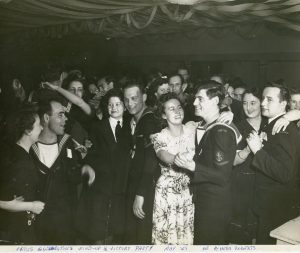ARCHIVAL MOMENT
February 20, 1922
 On February 20, 1922 six year old Harvey White of Durrells Arm (Twillingate) wrote to Lieut. Col Thomas Nangle enclosing a small donation for the construction of the war memorial at Beaumont Hamel, France.
On February 20, 1922 six year old Harvey White of Durrells Arm (Twillingate) wrote to Lieut. Col Thomas Nangle enclosing a small donation for the construction of the war memorial at Beaumont Hamel, France.
Lieut. Col Thomas Nangle had purchased from the farmers of France, on behalf of the Government of Newfoundland, the fields that we now know as Beaumont Hamel – the fields where many young men of Newfoundland had died during WWI. Nangle and the government of Newfoundland were determined to establish a War Memorial on the site. A campaign was started that encouraged all Newfoundlanders to support the building of the memorial in any way they could.
Six year old Harvey White wrote:
Dear Sir:
I ham only a lettel Boy not quit seven yars old
I do go to school Every Day and I ham in no. one Book
an I keep hed of the class Every Day
and I had one Dollar gave me four keeping hed of the Class so I ham sending it to you four Bhaumont hamel memorial
that is the spot ware my Fathere was killed July the First 1916.
I ham in closing one DollarYours very truly
Harvey White,
Twillingate, Durrell Arm
“A WEDDING RING BY OCTOBER.”
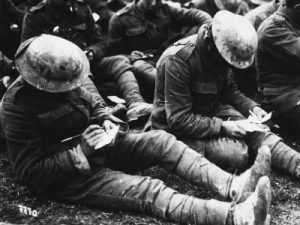 Harvey never did meet his father, Frederick (Fred) White, age 22, Regimental number 1481.
Harvey never did meet his father, Frederick (Fred) White, age 22, Regimental number 1481.
In a letter from Ayr, Scotland where Fred was stationed before being sent to fight in France, to the mother of the child (Mary Young) he asked Mary if she would consider calling the child (that she was pregnant with) Roland with the promise of a “wedding ring by October.” She did grant his wish – Roland Kitchner Young was born on August 10, 1915. Everyone called him Harvey.
The young soldier and father never did see October – he never saw his son – he died at Beaumont Hamel on July 1, 1916.
Little Harvey White’s (he took his father’s surname) determination to support a memorial at Beaumont Hamel was typical of many who gave their last penny to insure that those sons of Newfoundland who had died during the war would have a memorial.
A field of honour in the battlefields of France where they died.
The Memorial site at Beaumont Hamel was officially opened on June 7, 1925 three years after little Harry White gave his one dollar donation.
Recommended Archival Collection: What do we have in the ‘Rooms Archives’ on this subject? Type Newfoundland Regiment in the search bar here: http://gencat1.eloquent-systems.com/webcat/request/DoMenuRequest?SystemName=The+Rooms+Public&UserName=wa+public&Password=&TemplateProcessID=6000_3355&bCachable=1&MenuName=The+Rooms+Archives
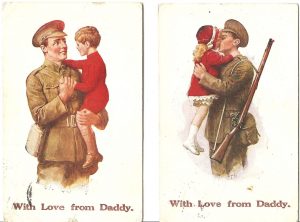 Join us once again on July 1st for free admission in observation of Memorial Day at The Rooms.
Join us once again on July 1st for free admission in observation of Memorial Day at The Rooms.
12-3 pm: Meet descendants of veterans of the First World War in the Royal Newfoundland Regiment Gallery
12-5 pm: Visit the Archives to see our copy of The Newfoundland Book of Remembrance honouring victims from the First and Second World Wars
 12-5 pm: Bring in your family to make your own flowers of remembrance with the staff from Admiralty House Museum
12-5 pm: Bring in your family to make your own flowers of remembrance with the staff from Admiralty House Museum
1 pm: Instant Choir by Growing the Voices: Festival 500 Bring a non-perishable food item for the Community Food Sharing Association.
2:30 pm: Film Screening: They Shall Not Grow Old Join us for a special screening of “They Shall Not Grow Old”. Peter Jackson’s film shows original footage from the First World War in a brand new light with modern production techniques. $10 per person, 10% discount for Rooms Members.






